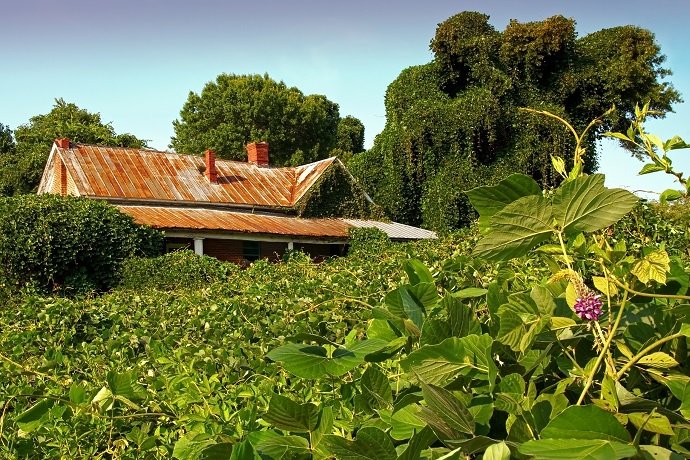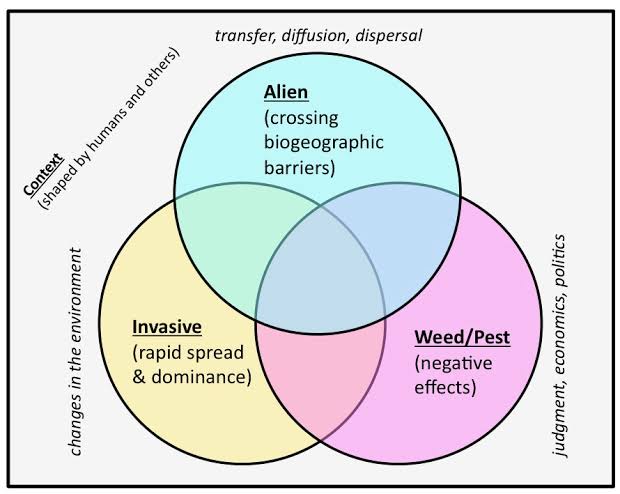When a part of the solution to every other problem of Earth points to Afforestation, It can be rightly said that “Between any two trees, is a doorway to a new world”.
But can the planted trees always yield in good spirit or are there few requisites for afforestation to fulfil its sole purpose ie. support the ecosystem around it.
Planting any random tree or preferring a foreign specie over a native one, can surely charm our spirits to have done our bit for serving the Nature but does it anyhow serve in its full capacity?
The answer to this dilemma is a clear No.
Environmentalists say that the exotic/foreign species if planted, do little to support the local ecosystem.
It is important to note that this ecosystem may already be fragile(someone barely plants in abundance unless necessary) where the resident population may already be decreasing.
Therefore, at a time when lakhs of acres of native vegetation is being lost to urbanization, it becomes extremely important to carefully plan greening with native plants to maximise the ecological benefits than just go after numbers.
By planting native trees, one is planting species that have already adapted to the environment.
Just like humans adapt to their environments, so do plants.
Native plant species naturally occur without human intervention, evolving to the local conditions and climate, and alongside wildlife over many years.
A native specie does not need any extra water or nutrients or fertilisers, can survive on rainfall alone.
Nevertheless, If an exotic specie is planted in an area, it may look nice to the eyes but vast amounts of water are needed for it to flourish.
They provide habitat, shelter and food for local wildlife eg. native bees, birds, insects, bats, small mammals, reptiles and maybe even frogs.
With the right plant species you can provide wildlife with a fruitful oasis all year round, creating a mini Wildlife sanctuary altogether.
One specie serving the other and helping Humans create a healthier Environment, a world without pesticides and fertilizers. Consequently lesser harm to the water table.
It helps improve the biodiversity of the combined area.
All land based animal life ultimately relies on available plants:
Directly as food (when herbivores) or indirectly as predators feeding on the herbivores, and once dead, plant material is fed upon by detritivores.
Even the structure of plants provides a home for predators such as spiders leading to symbiotic relationship, commensalism or as a parasite etc.
Unfortunately when land is developed, native vegetation is often removed and replaced with exotic species. When this happens species diversity is greatly reduced.
This debate between ornamentation and ecology has been a raging subject across major cities.
Landscaping with native plants can combat climate change.
In addition to the reduced noise and carbon pollution from lawn mower exhaust, many native plants, especially long-living trees like Neem and Banyan, are effective at storing the greenhouse gas carbon dioxide.
All this helps to save time and money as a result.
A word of Caution:
Numerous examples can be stated where large-scale plantation of invasive plant species has led to catastrophic results.
Prosopis juliflora is one such example. It is a native to the South, Central America and the Caribbean. This evergreen species once served as a saviour to the drought-prone areas in Tamil Nadu.
But thanks to its invasive nature, the species soon spread to other districts due to its inbuilt mechanism to overcome adverse conditions.
Western that’s has been full of such species.
Countless endeavours are being planned to remove such invasive species from the areas which ultimately becomes bereft of any endemic specie.
It is observed that even a minute change in flora leads to significant behavioural changes among the animal, bird and insect species as well.
Introduced Species, Thriving Species, and Native Invaders
By most definitions of the term, all invasive species are also introduced species—species that have been introduced to a range outside of their native range. But, not all introduced species are invasive.
However it is important to note what is invasive when introduced to one area, may be neutral or beneficial in another.
We must take care when introducing species to a new area, but we must also refrain from assigning qualities to species based on emotional reflexes rather than sensible consideration.
It is important to build sustainable ecosystems but sustainable ecosystems always walk hand in hand with ethical responsibilities.





